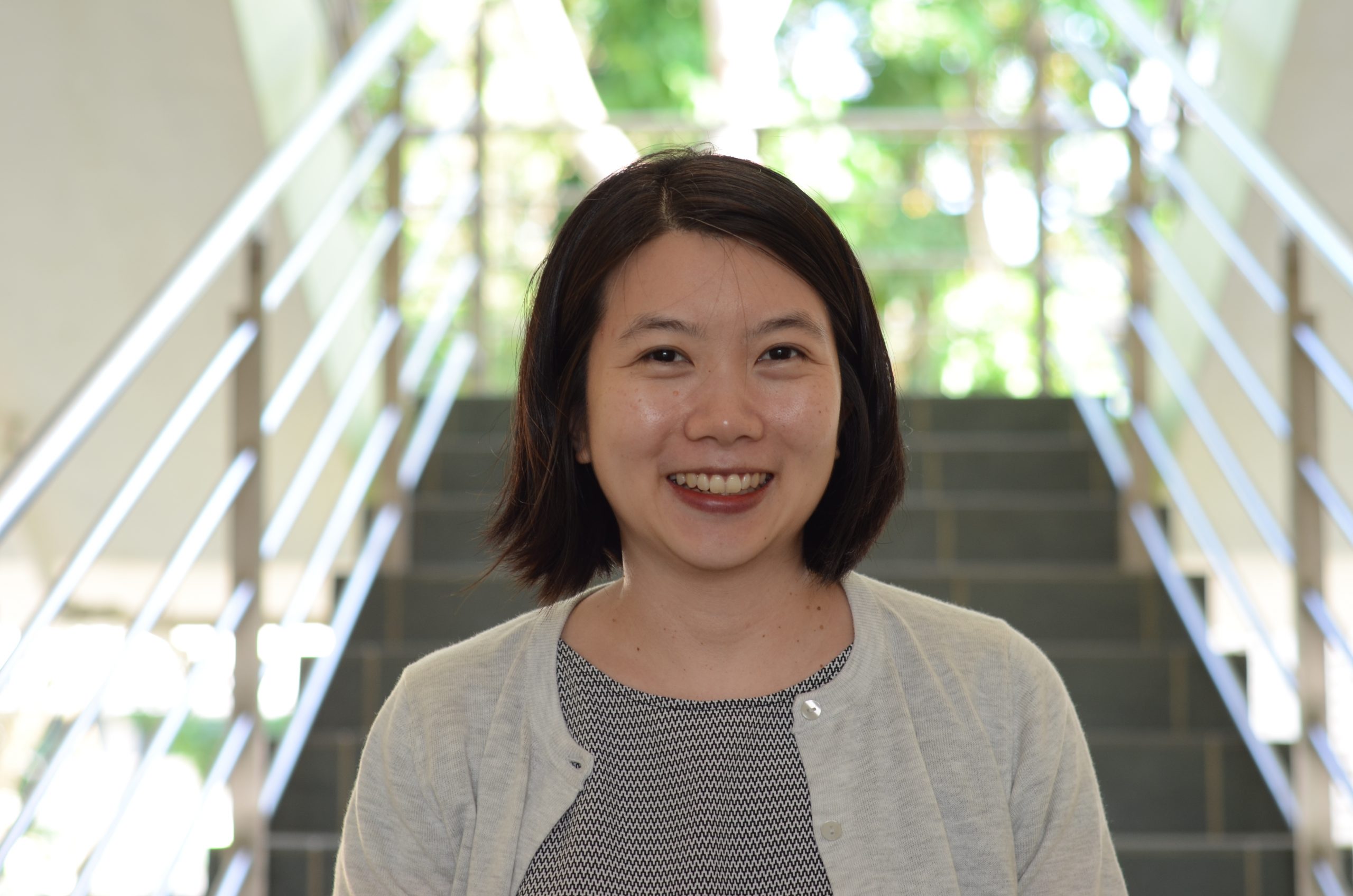Beyond Text: ICT Redefines Language Teaching
Are you getting tired of teaching mother tongue language using textbooks alone? If you feel uninspired, then chances are your students do, too. Rapid advances in the use of ICT are introducing new possibilities for creating stimulating learning environments.
The promise of information and communications technologies (ICT) in improving language learning has recently come into focus as a result of the Mother Tongue Language (MTL) debate.
Ms Ho Peng, Director-General of Education and Chair of the MTL Review Committee, has noted that ICT will play an increasingly larger role in the teaching and learning of mother tongue languages (Koh, 2010).
“Children in fact connect very readily and easily with ICT. So, I think in terms of teaching and learning in the classroom, we really need to use ICT to engage the next generation,” said Ms Ho.
The Potential of ICT in Language Education
Engaging in authentic communication is an essential criterion for language learning and teaching.
The use of ICT can help make learning language more realistic and functional. By adapting our teaching goals, methods and assessments to incorporate new technologies, language learning becomes more alive and relevant to daily living.
But the effective integration of ICT is a complicated and, for some, difficult process. Many just do not know where to start when this process involves not just technology but also teacher competencies, pedagogy and curriculum.
Adopting a Web-based Solution
Dr Roksana Bibi Abdullah has been using an ICT tool known as Wimba Voice Tool to enhance her Malay language teaching.
Wimba Voice Tool is a web-based voice solution that includes the use of threaded voice boards and live group discussions and debates (Abdullah, 2009).
Roksana, an Associate Professor with the Asian Languages and Cultures Academic Group at NIE, has found that the software provides many advantages.
“My students and I have found Wimba so easy to use,” shares Roksana.
Roksana teaches the pre-service module “Use of Malay Language”. She has to make sure her students are comfortable with Sebutan Baku (standard Malay pronunciation).
“Malay language users use colloquial Malay in their informal interactions. In order to give them a platform to use standard Malay pronunciation, Wimba Voice is my best solution,” she says.
Unlike many virtual learning environments, where communication between students and instructors is limited to only text and static images, Wimba makes use of voice and sound. Roksana has found this extremely useful in the teaching of pronunciation, where the nuances of the human voice are critical.
“Nuances of voice, which are important elements in face-to-face communication, are missing from text-based discussions. I found that Wimba Voice Tool recaptures these elements, contributing to greater clarity and understanding,” shares Roksana.
The Benefits of Teaching with Wimba
According to Roksana, the vocal element of Wimba also allows students to become actively engaged with the course content. She found that her students no longer feel “burdened” with assignments. Not only do students not complain about their assignments, they actually do more as they enjoy using Wimba so much.
With Wimba, students have the opportunity to listen to and provide verbal comments in real time. Roksana has also taken advantage of the ability to post her feedback online.
More importantly, Wimba has helped Roksana to fairly assess her students on their communication skills.
“I have a big group of students and it is impossible to assess each student one at a time. Wimba has saved me a lot of time when it comes to assessments,” says Roksana. “I feel that I can give better and fairer judgments as I can conduct a succession of assessments, and not just base it on one presentation.”
This software has provided the class with an opportunity for creative teaching and effective learning.
Raising Proficiency with Technology
Technology can offer effective benefits in almost all areas of language education and there is much for teachers to explore. When used appropriately, ICT can assist greatly in improving the quality of language education.
Commenting on the teaching of MTL, Minister for Education Dr Ng Eng Hen (2010) said: “Language teaching should aim to produce proficient users. This means teaching students to communicate with others, listen and read with understanding, and present in spoken and written forms.”
Roksana’s experience with Wimba has demonstrated how ICT can enhance language learning by providing a platform for active learning and promoting better learner engagement. It also encourages interaction among students and teachers.
In the context of today’s language classroom, it certainly is a useful and novel way of creating a more authentic learning environment – by giving our students a voice.
References
Abdullah, R. B. (2009). Wimba Voice Tool. Retrieved 1 September, 2010, from https://www.cite.nie.edu.sg/launchpad/Sharing/images/Roksana.pdf
Koh, J. (2010, June 2). Mother tongue language review will build on strengths of what’s been put in place. Channel NewsAsia. Retrieved from https://www.channelnewsasia.com/stories/singaporelocalnews/view/1060618/1/.html
Ng, E. H. (2010, May 11). Remarks by Dr Ng Eng Hen, Minister of Education and Second Minister for Defence. Speech presented at the press conference on teaching of mother tongue language. Retrieved from https://www.moe.gov.sg/media/speeches/2010/05/11/teaching-mother-tongue-language.php
Educational Technology Division, Ministry of Education. (2008). ICT in Education, Singapore. Retrieved from https://www.moe.gov.my/43seameocc/download/SINGAPORE-ICT%20in%20Education%20in%20Singapore.pdf






